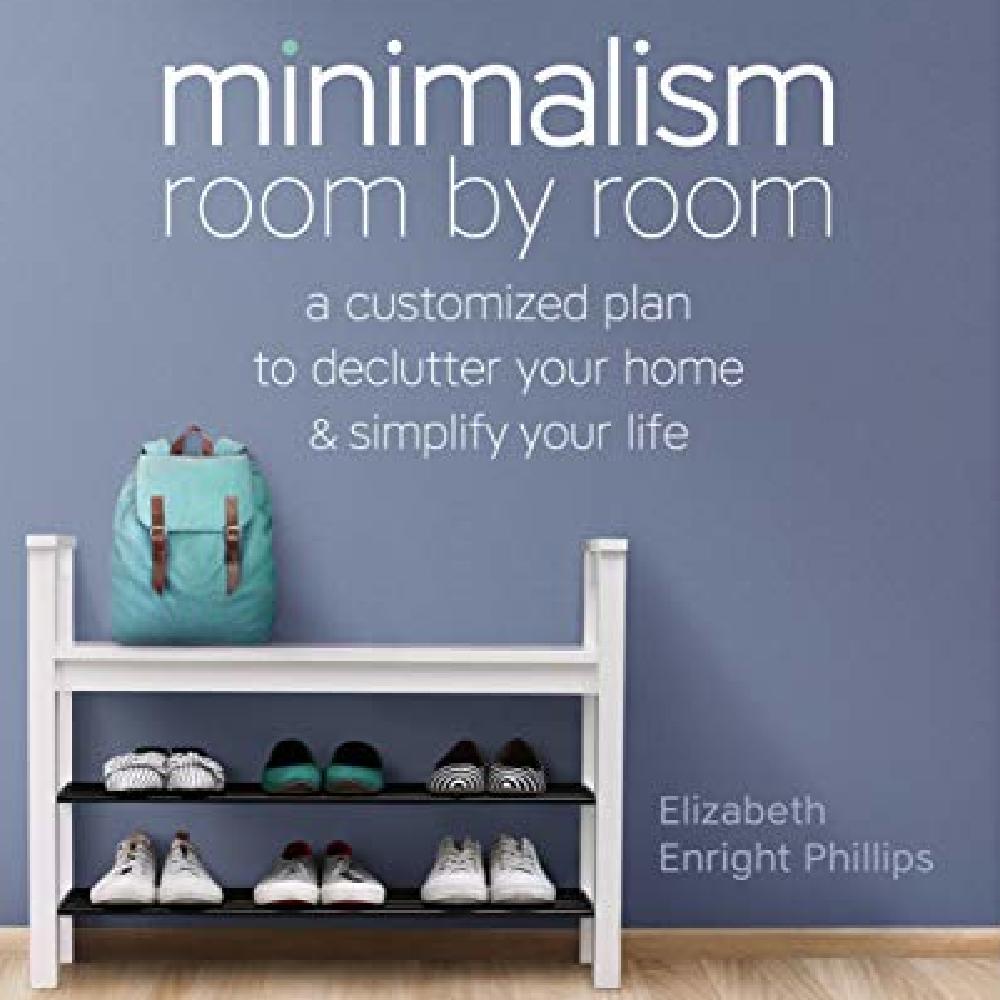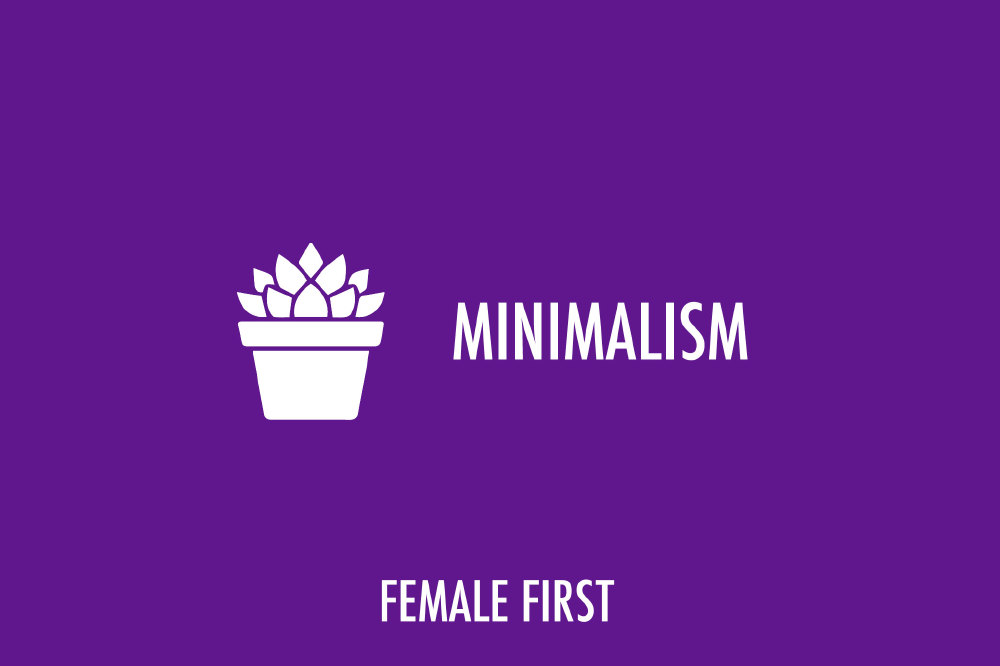Minimalism Room By Room came out in early 2020, so I saved it to my Amazon wishlist and to my delight, I received it for a Christmas present last year. I have just got around to reading it and in all honesty, I wish I had opened it sooner.

Minimalism Room By Room
This beginner’s guide to minimalism promises to take you through each room of your house with step by step instructions of how to minimise each space so if you are starting from scratch- this is the ideal book to delve into to help you navigate your way around your home.
The benefits don’t stop there either- the book also provides you with practical tips and tricks to save money and live more sustainably.
The most relevant section for me however was how to change your attitude towards stuff- and more importantly- your attitude towards other people’s stuff. I’m sure I’m not alone in wanting other people in my household to follow suit but there’s still resistance- and navigating that can be tricky so having advice around this was invaluable.
While there have been many books published that take you on a tour of your own home and help you to focus on each of these areas one by one- what this book does differently is it helps you to focus on the emotions that surround each space as well.
Objects, items, things- whatever you want to call them have years of feelings wrapped up in them. Even if you know you want to part with these belongings, there are still highs and lows associated with sorting through and discarding them. We wouldn’t be human if we didn’t feel something when coming across old memories and sentimental pieces.
The author encourages you to journal the entire process of decluttering your home, which includes keeping track of the feelings that come with purging each space.
She allows you to explore these and even suggests some that might come up- so if you’re unsure why you are feeling a certain way- chances are they are perfectly normal and justifiable.
The book contains beautiful photographs and quotes to break up each chapter- making it an easy read so you can digest a section each night if you’re like me and read before you go to sleep.
I have read many books on the topic of minimalism and with each new one I pick up, I do fear that I won’t find anything new to help keep me focused. However with the addition of the journaling idea, I was able to find inspiration to write pieces for my own day job and there were little gems in there I had never thought of before that I will be implementing in my own home.
One of these is to create a reward chart (they aren’t just for children!) where you cross off a box for each item you successfully remove from your home. Reach the target you have set for yourself and give yourself a treat (ideally one that doesn’t involve buying more things) such as an experience.
The author says she takes her children to the park after each donation so they can quickly forget about the items they have just parted with and focus on the moment. A wonderful idea that helps little minds enjoy nature over things.
As a minimalist and financial coach, Enright Phillips is an expert in her field and she not only does this for a living- she also practices what she preaches too. She currently lives with her partner and six children in their very own minimal house in Columbus, Ohio, so she knows first hand about the common pitfalls that families can come across during this process.
But you don’t have to have a family for the book to work for you too- the author has thought about all living situations- big and small.
It’s pitched as a book for those who are new to the lifestyle, but with a few years of minimalist living under my belt, I still found value in it, even if it was just to reaffirm what I have already put in place.
An accessible and attractive read for minimalist newbies and veterans- this is one for the collection.
RELATED: Minimalism: Seven reasons to keep a diary throughout your minimalist journey
To explore emotions: Only you know how certain possessions make you feel- even the most understanding of partners, family members or friends won’t know the extent of your attachment to something. If you choose to part with a piece that is difficult- you may need to unpack the emotions that are attached to it and remind yourself of why you are now deciding to declutter this item from your life...

Tagged in Minimalism

